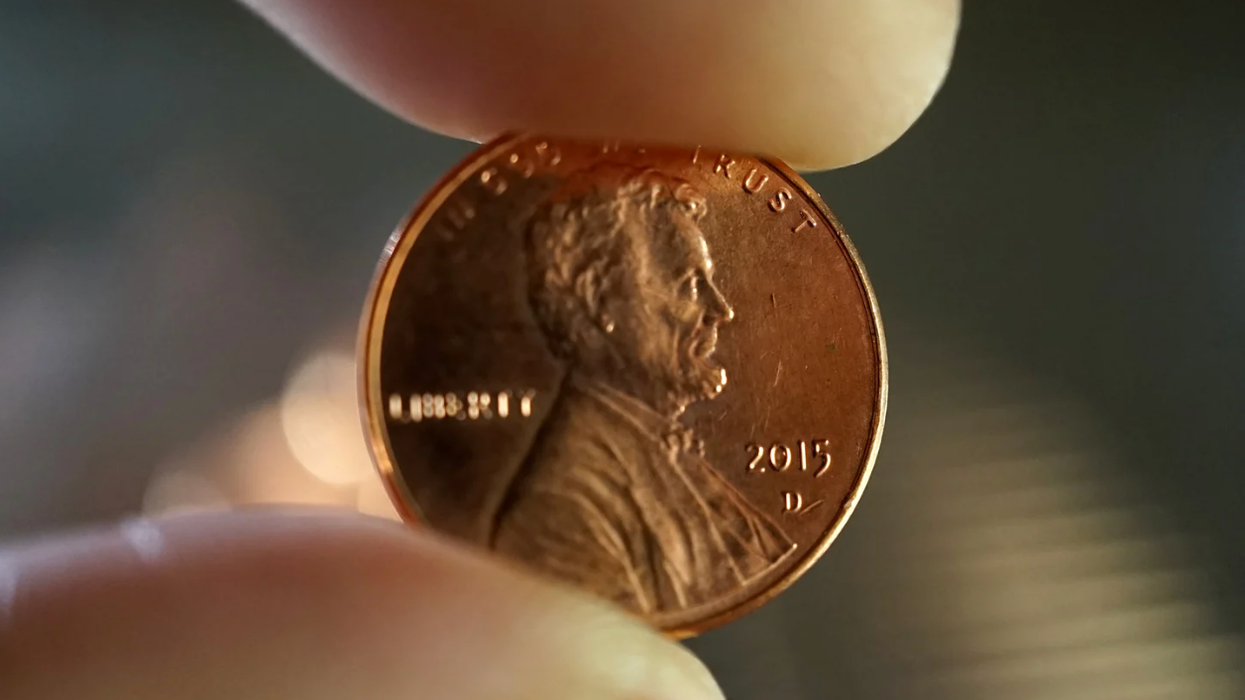Whether we do it in English or Japanese, sushi may be the last food we order by species alone. Despite the hunter-gatherer vocabulary, the familiar pieces on a standard sushi assortment are really a case study in the complexities of globalized world commerce.

Tuna
The Japanese author Takeaki Hori has called tuna “the diamond of the ocean.” It is the trophy fish of the sushi bar—every morning, $5 million worth of fresh tuna is sold by auction at the Tsukiji Fish Market in Tokyo, and furious dockside bidding wars have known to break out in harbors around the world among brokers looking to satisfy their Japanese customers. There are three major species of tuna for the sushi market, in descending order of value: bluefin, bigeye, and yellowfin. “Sushi-grade” doesn’t mean a thing.
Toro
A generation ago, cuts of the meat from the tuna belly known as toro were worth pennies per pound in most parts of the world; it was often canned for pet food. But a revolution in air cargo transportation connected global supply with Japanese demand, and now Tokyo chefs regularly pay up to $100 per pound. The most prized tuna are bluefin that have fattened up in cold, northern waters—around Japan and in the Atlantic off Canada and New England. Thanks to a nimble supply chain of fishermen, dealers, and brokers, these can be rushed to market and served fresh just a few days after being caught (see sidebar).

Sea-Urchin
The sea-urchin roe known as uni may be, ounce for ounce, the most reliably expensive species on the sushi plate. Cold waters create the fat that gives this briny orange goo its custardy texture, so Russia and South Korea are big producers for the Japanese market. But roe harvested off Santa Barbara, California, can sell for $40 per pound. In the mid-1990s, during a sea-urchin boom in Maine, one entrepreneur decided that instead of sending the spiky shells whole to Japan to be processed for high labor costs, he could set up a factory in Portland and teach Cambodian immigrants to do the work for far less.
Wasabi
That spicy green mound probably isn’t actually wasabi. The real stuff, a root that sells for up to $100 perpound in Japan, is too expensive for most American restaurants to import—and, thanks to agricultural restrictions, it wasn’t even legal until recently. You’re likely spiking your soy sauce with a combination of horseradish powder, mustard, and food coloring that’s been combined with water to make a paste. It’s there not only for the kick but also as a vestige of 19th-century Japanese food-safety measures: In the pre-refrigeration era, a dab of wasabi was nestled in a piece of sushi to kill any toxins in the fish.
Fluke
The Japanese have a saying that diners who order only tuna are hated by chefs, because the unpredictability of the market means that many nights it can be a major money-loser for the restaurant. But whitefish (typically fluke or flounder in the United States), often served fresh from the Atlantic, can allow restaurant owners to balance their books: even though a serving of fluke at a sushi bar may go for $2 while a piece of tuna costs $4, the wholesale price of fluke can be $2 per pound while the tuna is going for $20.
Yellowtail
Americans are used to eating farmed seafood—salmon, shrimp, sea bass—but are playing catch-up on the business end. The biggest new U.S. entrant is Kona Kampachi, a type of yellowtail farmed in deep-sea waters off Hawaii. Because of overfishing, the development of aquaculture probably guarantees a long-term supply for all sushi fish except “the diamond”: no one has figured out a viable strategy for breeding tuna in captivity.

Tuna
The Japanese author Takeaki Hori has called tuna “the diamond of the ocean.” It is the trophy fish of the sushi bar—every morning, $5 million worth of fresh tuna is sold by auction at the Tsukiji Fish Market in Tokyo, and furious dockside bidding wars have known to break out in harbors around the world among brokers looking to satisfy their Japanese customers. There are three major species of tuna for the sushi market, in descending order of value: bluefin, bigeye, and yellowfin. “Sushi-grade” doesn’t mean a thing.

Toro
A generation ago, cuts of the meat from the tuna belly known as toro were worth pennies per pound in most parts of the world; it was often canned for pet food. But a revolution in air cargo transportation connected global supply with Japanese demand, and now Tokyo chefs regularly pay up to $100 per pound. The most prized tuna are bluefin that have fattened up in cold, northern waters—around Japan and in the Atlantic off Canada and New England. Thanks to a nimble supply chain of fishermen, dealers, and brokers, these can be rushed to market and served fresh just a few days after being caught (see sidebar).

Sea-Urchin
The sea-urchin roe known as uni may be, ounce for ounce, the most reliably expensive species on the sushi plate. Cold waters create the fat that gives this briny orange goo its custardy texture, so Russia and South Korea are big producers for the Japanese market. But roe harvested off Santa Barbara, California, can sell for $40 per pound. In the mid-1990s, during a sea-urchin boom in Maine, one entrepreneur decided that instead of sending the spiky shells whole to Japan to be processed for high labor costs, he could set up a factory in Portland and teach Cambodian immigrants to do the work for far less.

Wasabi
That spicy green mound probably isn’t actually wasabi. The real stuff, a root that sells for up to $100 perpound in Japan, is too expensive for most American restaurants to import—and, thanks to agricultural restrictions, it wasn’t even legal until recently. You’re likely spiking your soy sauce with a combination of horseradish powder, mustard, and food coloring that’s been combined with water to make a paste. It’s there not only for the kick but also as a vestige of 19th-century Japanese food-safety measures: In the pre-refrigeration era, a dab of wasabi was nestled in a piece of sushi to kill any toxins in the fish.

Fluke
The Japanese have a saying that diners who order only tuna are hated by chefs, because the unpredictability of the market means that many nights it can be a major money-loser for the restaurant. But whitefish (typically fluke or flounder in the United States), often served fresh from the Atlantic, can allow restaurant owners to balance their books: even though a serving of fluke at a sushi bar may go for $2 while a piece of tuna costs $4, the wholesale price of fluke can be $2 per pound while the tuna is going for $20.

Yellowtail
Americans are used to eating farmed seafood—salmon, shrimp, sea bass—but are playing catch-up on the business end. The biggest new U.S. entrant is Kona Kampachi, a type of yellowtail farmed in deep-sea waters off Hawaii. Because of overfishing, the development of aquaculture probably guarantees a long-term supply for all sushi fish except “the diamond”: no one has figured out a viable strategy for breeding tuna in captivity.
















 Otis knew before they did.
Otis knew before they did.